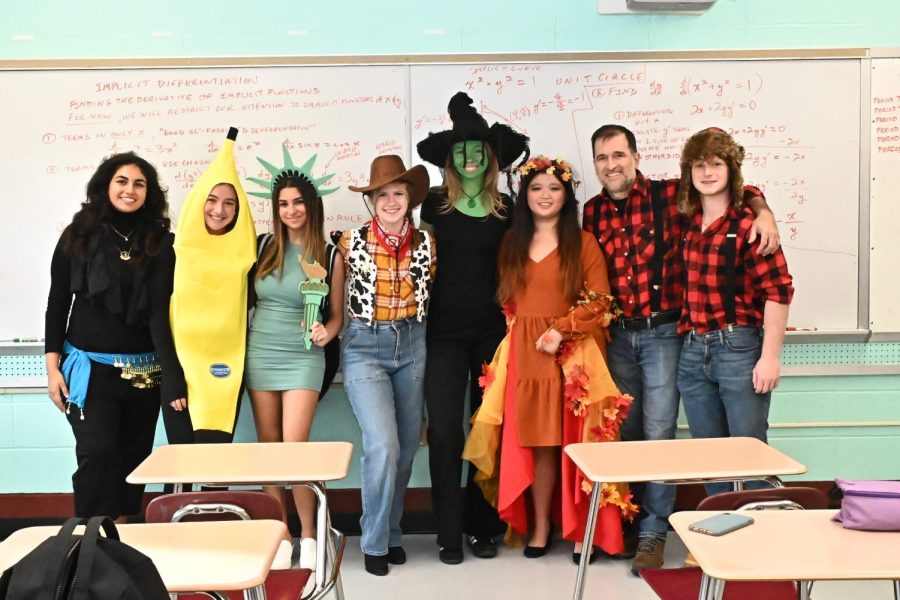Fiction, Non-Fiction, and Journalism
A journalist’s job is to report the truth, right? Then what does a non-fiction essayist do?
These writers have the ability to reveal truths about the world, humans, and our environment, and to express their emotion in their writing. Writers of fiction use fact to make their work much more believable. They often conduct research on the settings they want to create, or the periods of time they want to place their characters in. Nonfiction essayists use these same tools to make their stories interesting. Their writing is more like journalism than fiction but they may provide dialogue between two people that is a re-creation, try to reveal characters’ true emotions after interviewing, and show in detail the conflicts being resolved over time. However, some of these pieces are not 100 percent true.
Journalists are not supposed to embellish their stories to make them more interesting, but witnesses might fail to remember how events occurred correctly. The human brain often interprets events however it wants to, and most humans like to view a situation a different way than another would. This problem exists in journalism, when one is trying to take notes on a witness, and how they witness exactly felt, and what they remembered from a certain situation. It is extremely difficult to receive and write the exact time, place, and thing that occured. There is a lot of human error in journalism, making many the stories you read not 100 percent true.
While researching this topic, I did some reflecting myself and asked some of my current journalism classmates their view on this issue. Giulia Licitra, a writer in my journalism class explained her view on writing journalism pieces. “It is hard to fully grasp everything the person you are interviewing is saying, because you are trying to have a full on conversation with them at the same time.” She also explained that, “I am guilty of embellishing my stories to make them more interesting. It is hard to make a nonfiction piece funny or dramatic, so it impresses its readers.”













